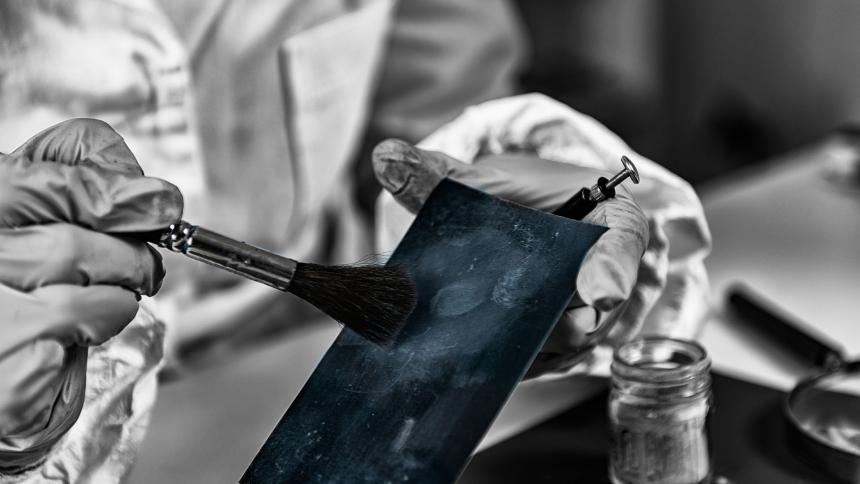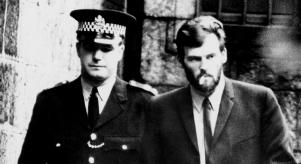
How do investigators solve cold cases?
Unsolved murders hold a unique and chilling place in the public imagination. These cases are not just stories of crime, they are lingering questions, mysteries left unanswered and lives forever impacted by the absence of justice.
But have you ever wondered what it takes to investigate an unsolved murder? And how these cold cases, sometimes decades old, can be brought back into focus and solved?
In this article, we’ll take a look at the critical steps some of the world’s best investigators use when working on unsolved cases. Read on to learn how technology can help and what role the public can play in cracking cases.
Reviewing the original case files
The first step in any cold case investigation is to revisit the original police files. These documents contain vital information from the initial crime scene investigation, such as witness statements, forensic reports and photographs. Often, they can include evidence that may have been overlooked or not fully understood at the time.
When reviewing old files, detectives look for inconsistencies or details that might have been missed. Advances in forensic science or changes in witness testimony over time can provide new leads.
Modern investigators often re-interview witnesses, especially those who may not have felt comfortable speaking up at the time or whose memories now offer a different perspective.
Reassessing the physical evidence
Physical evidence is key in solving any murder and unsolved cases often hold the potential for breakthroughs during reassessment. Advances in forensic technology, particularly DNA analysis, have revolutionised how cold cases are approached. In some instances, investigations can extract DNA from items that were previously thought to be unusable, such as clothing, hair or even degraded biological samples.
In the 1980s and 1990s, DNA technology was still relatively new and many cases from this period didn’t benefit from modern techniques. Today, cold case detectives can submit this old evidence for reanalysis, hoping to identify previously unknown suspects or confirm links to known criminals through DNA databases.
Profiling the suspect
Criminal profiling plays a significant role in unsolved murder investigations, particularly when traditional forensic techniques have yet to yield results. Profiles analyse crime scene evidence, victimology and behavioural patterns to develop a psychological profile of the offender. These insights can help investigators narrow down their suspect pool or reframe the case in a new light.
When a serial killer may be at work, investigators analyse unsolved murders across the region. They search for shared traits – similar methods, common locations or distinctive patterns. These connections could reveal the killer's signature, linking individual crimes into a cohesive profile.
Using modern technology and data
Technology has dramatically changed the landscape of murder investigations, including unsolved cases. In addition to DNA technology, advanced fingerprint analysis, 3D crime scene reconstruction and facial recognition software are useful tools available to modern investigators.
Social media and online databases also play a role. Investigators often use these platforms to appeal to the public for tips or new information. By revisiting the case in the digital age, detectives can reach a much broader audience than was previously possible, potentially sparking new leads.
Law enforcement in the UK has access to the National DNA Database (NDNAD) and the Police National Database (PND). These databases can cross-reference DNA and other biometric data, helping link suspects to unsolved murders across different parts of the country.
Engaging the public
Many cold cases have been solved because of the public’s help. With unsolved murders, time can sometimes work in favour of the investigation. Individuals who may have withheld information at the time of the crime might be more willing to speak out years later.
Releasing new or previously unreported details about the case can reignite interest and prompt individuals with vital information to come forward. In the age of true crime documentaries and podcasts, a renewed focus on old cases can generate a wave of public support and tip-offs.
Crowdsourcing has become another valuable tool available to investigators. Websites like Crime Stoppers or dedicated social media groups allow the public to share theories, possible leads or even photographs that may have been taken around the time of the murder.
Following new leads
Investigating unsolved murders requires a methodical approach to new information. Each new tip, no matter how small, is investigated thoroughly.
In many cases, it’s the slow accumulation of seemingly minor details that leads to breakthroughs. Cold case investigators are trained to follow leads that might not seem immediately promising, carefully piecing together the puzzle.
As new forensic techniques emerge and more data becomes available, unsolved murders have a greater chance of being solved today than ever before. In some cases, it’s the re-investigation of old suspects – people who may have slipped through the cracks – that ultimately yields results.
Pursuing justice
The goal of any unsolved murder investigation is to bring justice to the victim and their family. For many families, the pain of not knowing what happened to their loved ones never fades. The investigation is as much about closure for them as it is about catching the perpetrator.
Once new evidence is discovered and a suspect is identified, the case proceeds much like any other criminal investigation. Prosecutors and law enforcement work together to build a case, arrest the suspect and present the evidence in court.
The challenge and hope of unsolved murder investigations
Unsolved murders represent a unique challenge for investigators. Decades may pass, but the possibility of solving these cases never fully disappears. Advances in technology, changes in social attitudes and persistent public interest all contribute to the hope that justice can eventually be served.
For those investigating unsolved murders, patience and determination are key. Even after years of silence, one piece of new evidence, a DNA match or a witness coming forward can be enough to finally close the case and bring long-awaited answers to the victim’s family.









